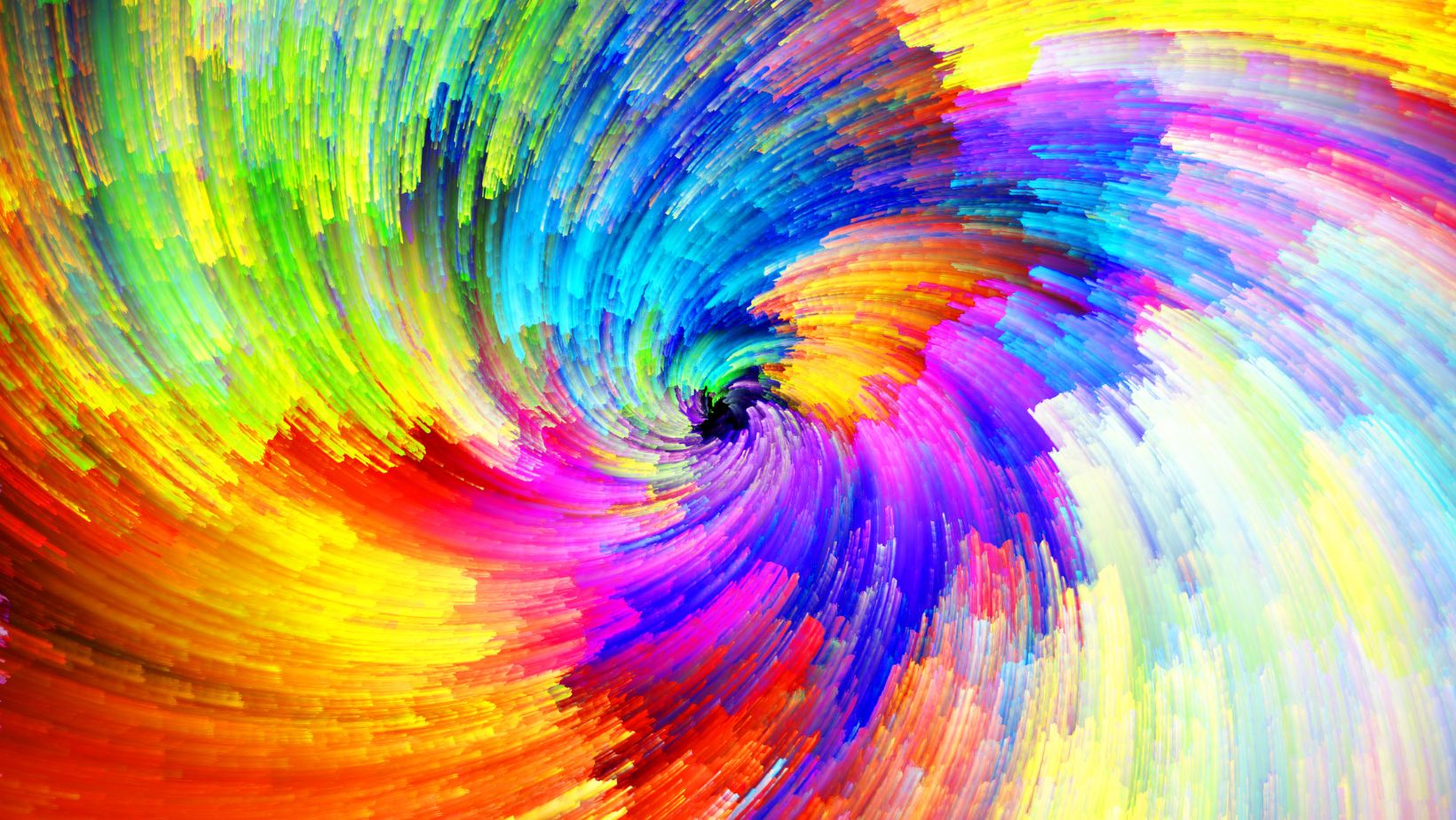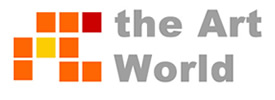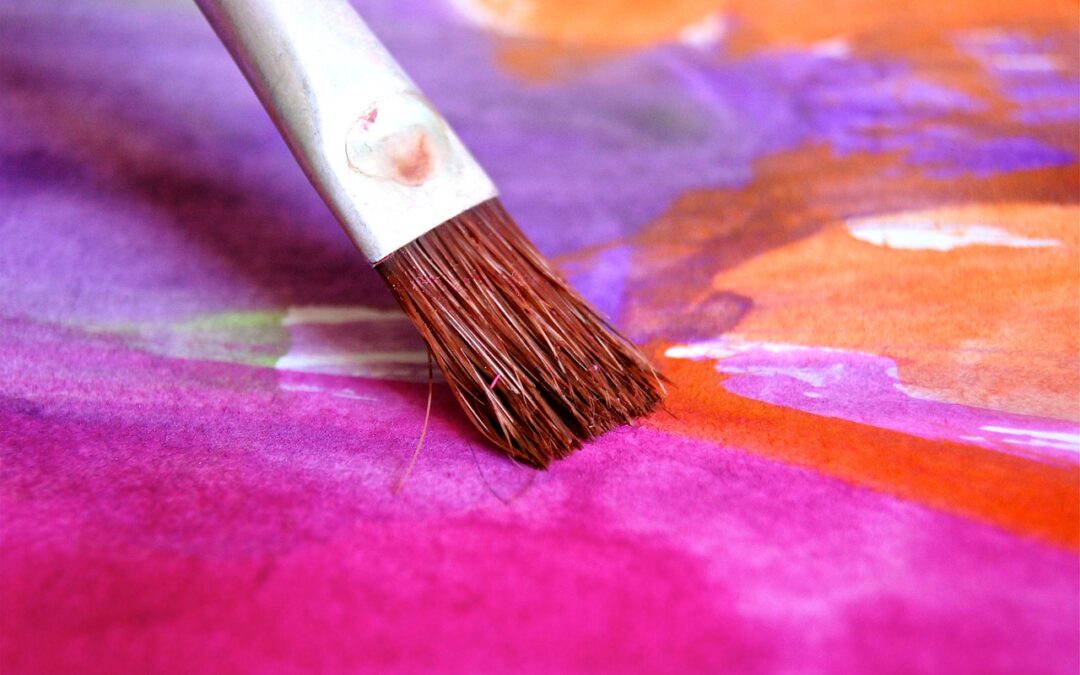Recently, artificial intelligence has become the order of the day. It is used in different settings, from medicine to engineering. Of course, it has branched out into the art community with the rise of NFTs and other digital art. This has raised an ethical question about whether artificial intelligence should, in fact, be used to create art. What are the legal and ethical issues? Let’s get into them.
AI replacing real artists
The first bone of contention artists have with artificially generated art is the potential to take jobs away from real artists. Artificial intelligence-generated art takes seconds, while real artists can take years to complete a single piece. According to an experienced Artificial Intelligence Attorney, Enrico Schaefer, the process requires more than what it seems. There may be legal implications of using AI for art.
For instance, any artist can generate similar art and sell it if it is not properly trademarked. It is always advisable for AI art creators to trademark their designs to be able to profit from it.
Others disagree that AI cannot replace real artists for various reasons. For one, artificial intelligence has no personality. Personality is what makes art unique. The argument also claims artificial intelligence cannot produce original ideas. This is why they advocate for it to be used only to enhance hand-drawn art as opposed to generating the art from scratch.
Another argument against artificial intelligence use in art is the fact that AI is repetitive. While it works with prompts, the results can be repetitive.
Artists prefer artificial intelligence for touch-ups
Many artists worry that it threatens their jobs, especially in the media industry. However, they see the bright side of its application, which is collaboration. They can train the system to work as their assistant. In the past, several artists have been using tech tools such as iPads to draw. Some found that the results were richer and still maintained the originality it intended to portray.
Others are now using artificial intelligence to visualize their ideas before putting out their pencils. This way, they can get some creative juices flowing and finish their work faster. The bottom line is that while AI risks taking jobs away from artists, it cannot do much without human input.
The future of artificial intelligence in art
Artists are looking to harness the power of artificial intelligence in art. This will allow them to maintain control of the technology while still earning a living from their skills.

So far, the reception of artificial intelligence in arts and media has not been great. After the Hollywood strike, some fans noticed AI use in movies, and this caused backlash considering the fact that it would take jobs from real people.
The audience is considerably fatigued with artificial intelligence. It would seem like most people want to see human-generated imagery, and this buys artists time to incorporate artificial intelligence into their work. With the look of things, it will take a longer time before it is fully a threat to art and artists as a whole.

